WASHINGTON — Since the 1997 international accord to fight global warming, climate change has worsened and accelerated – beyond some of the grimmest of warnings made back then.
As the world has talked for a dozen years about what to do next, new ship passages opened through the once frozen summer sea ice of the Arctic. In Greenland and Antarctica, ice sheets have lost trillions of tons of ice. Mountain glaciers in Europe, South America, Asia and Africa are shrinking faster than before.
And it's not just the frozen parts of the world that have felt the heat in the dozen years leading up to next month's climate summit in Copenhagen:
_The world's oceans have risen by about an inch and a half.
_Droughts and wildfires have turned more severe worldwide, from the U.S. West to Australia to the Sahel desert of North Africa.
_Species now in trouble because of changing climate include, not just the lumbering polar bear which has become a symbol of global warming, but also fragile butterflies, colorful frogs and entire stands of North American pine forests.
_Temperatures over the past 12 years are 0.4 of a degree warmer than the dozen years leading up to 1997.
Even the gloomiest climate models back in the 1990s didn't forecast results quite this bad so fast.
Story continues below

"The latest science is telling us we are in more trouble than we thought," said Janos Pasztor, climate adviser to UN Secretary General Ban Ki-moon.
And here's why: Since an agreement to reduce greenhouse gas pollution was signed in Kyoto, Japan, in December 1997, the level of carbon dioxide in the air has increased 6.5 percent. Officials from across the world will convene in Copenhagen next month to seek a follow-up pact, one that President Barack Obama says "has immediate operational effect ... an important step forward in the effort to rally the world around a solution."
The last effort didn't quite get the anticipated results.
From 1997 to 2008, world carbon dioxide emissions from the burning of fossil fuels have increased 31 percent; U.S. emissions of this greenhouse gas rose 3.7 percent. Emissions from China, now the biggest producer of this pollution, have more than doubled in that time period. When the U.S. Senate balked at the accord and President George W. Bush withdrew from it, that meant that the top three carbon polluters – the U.S., China and India – were not part of the pact's emission reductions. Developing countries were not covered by the Kyoto Protocol and that is a major issue in Copenhagen.
And the effects of greenhouse gases are more powerful and happening sooner than predicted, scientists said.
"Back in 1997, the impacts (of climate change) were underestimated; the rate of change has been faster," said Virginia Burkett, chief scientist for global change research at the U.S. Geological Survey.
That last part alarms former Vice President Al Gore, who helped broker a last-minute deal in Kyoto.
"By far the most serious differences that we've had is an acceleration of the crisis itself," Gore said in an interview this month with The Associated Press.
In 1997, global warming was an issue for climate scientists, environmentalists and policy wonks. Now biologists, lawyers, economists, engineers, insurance analysts, risk managers, disaster professionals, commodity traders, nutritionists, ethicists and even psychologists are working on global warming.
"We've come from a time in 1997 where this was some abstract problem working its way around scientific circles to now when the problem is in everyone's face," said Andrew Weaver, a University of Victoria climate scientist.
The changes in the last 12 years that have the scientists most alarmed are happening in the Arctic with melting summer sea ice and around the world with the loss of key land-based ice masses. It's all happening far faster than predicted.
Back in 1997 "nobody in their wildest expectations," would have forecast the dramatic sudden loss of summer sea ice in the Arctic that started about five years ago, Weaver said. From 1993 to 1997, sea ice would shrink on average in the summer to about 2.7 million square miles. The average for the last five years is less than 2 million square miles. What's been lost is the size of Alaska.
Antarctica had a slight increase in sea ice, mostly because of the cooling effect of the ozone hole, according to the British Antarctic Survey. At the same time, large chunks of ice shelves – adding up to the size of Delaware – came off the Antarctic peninsula.
While melting Arctic ocean ice doesn't raise sea levels, the melting of giant land-based ice sheets and glaciers that drain into the seas do. Those are shrinking dramatically at both poles.
Measurements show that since 2000, Greenland has lost more than 1.5 trillion tons of ice, while Antarctica has lost about 1 trillion tons since 2002, according to two scientific studies published this fall. In multiple reports from the Intergovernmental Panel on Climate Change reports, scientists didn't anticipate ice sheet loss in Antarctica, Weaver said. And the rate of those losses is accelerating, so that Greenland's ice sheets are melting twice as fast now as they were just seven years ago, increasing sea level rise.
Worldwide glaciers are shrinking three times faster than in the 1970s and the average glacier has lost 25 feet of ice since 1997, said Michael Zemp, a researcher at World Glacier Monitoring Service at the University of Zurich.
"Glaciers are a good climate indicator," Zemp said. "What we see is an accelerated loss of ice."
Also, permafrost – the frozen northern ground that oil pipelines are built upon and which traps the potent greenhouse gas methane – is thawing at an alarming rate, Burkett said.
Another new post-1997 impact of global warming has scientists very concerned. The oceans are getting more acidic because more of the carbon dioxide in the air is being absorbed into the water. That causes acidification, an issue that didn't even merit a name until the past few years.
More acidic water harms coral, oysters and plankton and ultimately threatens the ocean food chain, biologists say.
In 1997, "there was no interest in plants and animals" and how they are hampered by climate change, said Stanford University biologist Terry Root. Now scientists are talking about which species can be saved from extinction and which are goners. The polar bear became the first species put on the federal list of threatened species and the small rabbit-like American pika may be joining it.
More than 37 million acres of Canadian and U.S. pine forests have been damaged by beetles that don't die in warmer winters. And in the U.S. West, the average number of acres burned per fire has more than doubled.
The Colorado River reservoirs, major water suppliers for the U.S. West, were nearly full in 1999, but by 2007 half the water was gone after the region endured the worst multiyear drought in 100 years of record-keeping.
Insurance losses and blackouts have soared and experts say global warming is partly to blame. The number of major U.S. weather-related blackouts from 2004-2008 were more than seven times higher than from 1993-1997, said Evan Mills, a staff scientist at the Lawrence Berkeley National Lab.
"The message on the science is that we know a lot more than we did in 1997 and it's all negative," said Eileen Claussen, president of the Pew Center on Global Climate Change. "Things are much worse than the models predicted."
___
On the Net:
Intergovernmental Panel on Climate Change 2007 report on changes already observed:












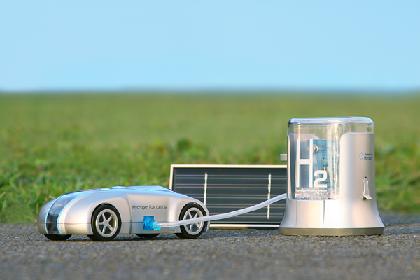






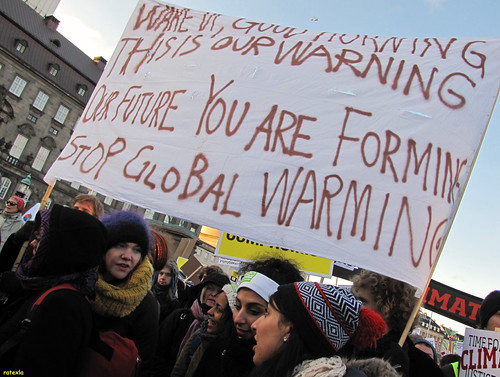



 As Japan approaches the end of analogue broadcasting in 2011, the digital TV market has entered a period of diversifying customer needs.
As Japan approaches the end of analogue broadcasting in 2011, the digital TV market has entered a period of diversifying customer needs. It offers a dynamic contrast ratio of 5,000,000:1, and supports this with ultra-high-speed processing and recording, enhanced navigation and seamless network interactivity.
It offers a dynamic contrast ratio of 5,000,000:1, and supports this with ultra-high-speed processing and recording, enhanced navigation and seamless network interactivity. Toshiba states that optimum picture quality is achieved by automatic fine tuning of multiple control settings: 1024 steps in color temperature, a 128 scale dynamic gamma range, 100 brightness settings, 32 settings each for color saturation, color sharpness, and adjustment of super resolution, plus control of the LED backlighting.
Toshiba states that optimum picture quality is achieved by automatic fine tuning of multiple control settings: 1024 steps in color temperature, a 128 scale dynamic gamma range, 100 brightness settings, 32 settings each for color saturation, color sharpness, and adjustment of super resolution, plus control of the LED backlighting.






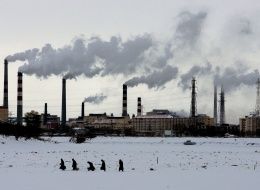


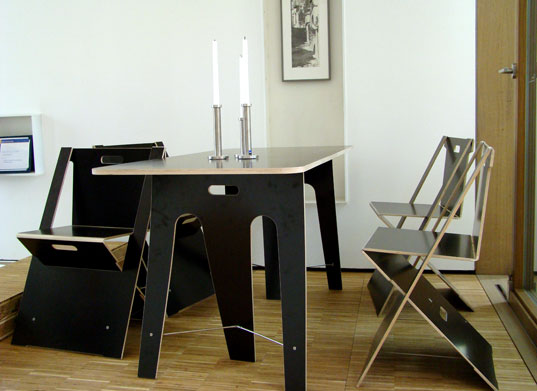
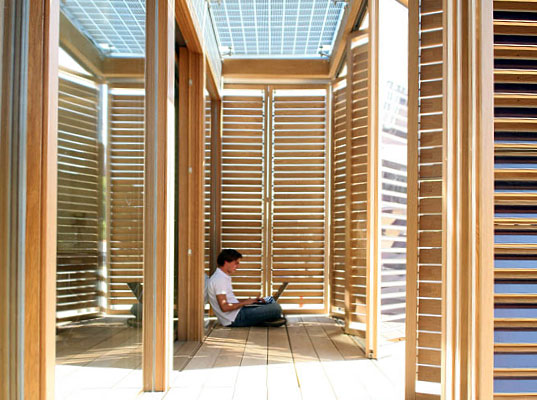
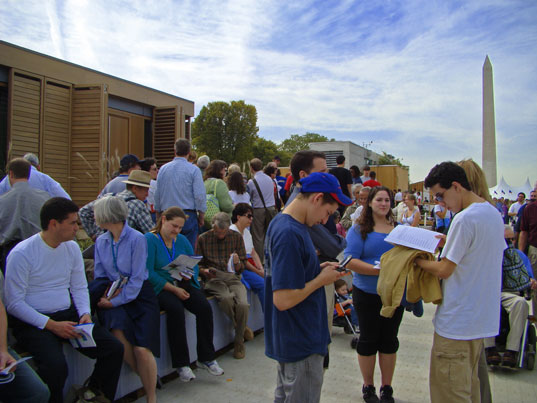
 Score another one for German engineering. Out on the National Mall in Washington, D.C., this week, the Energy Department has been hosting its fourth-ever
Score another one for German engineering. Out on the National Mall in Washington, D.C., this week, the Energy Department has been hosting its fourth-ever



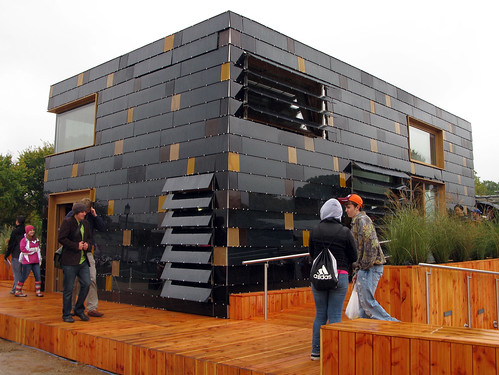





Posted: 12- 7-09 12:05 PM